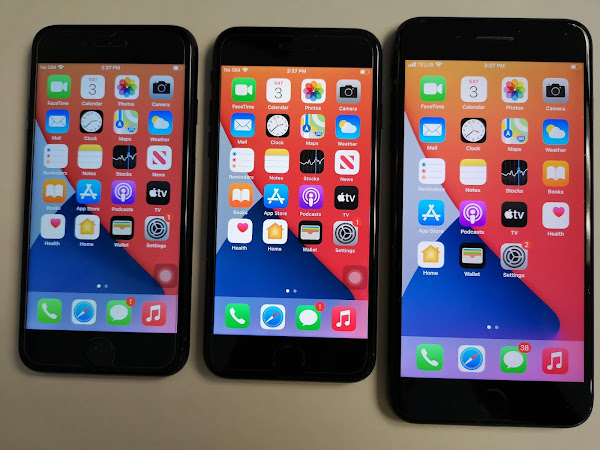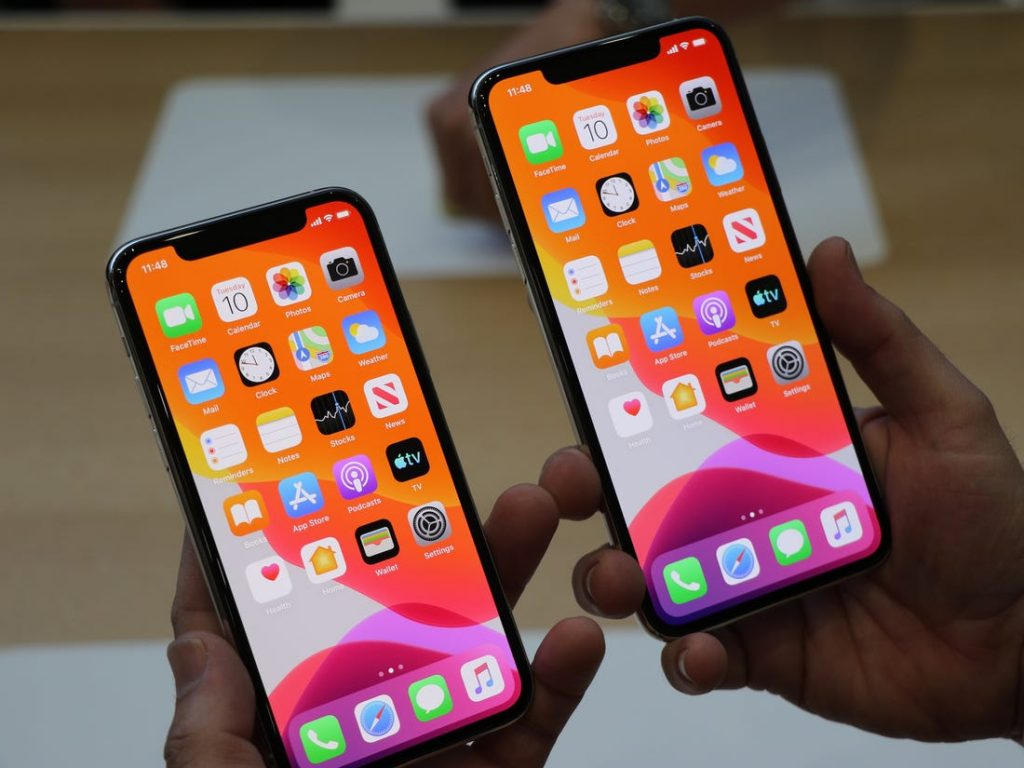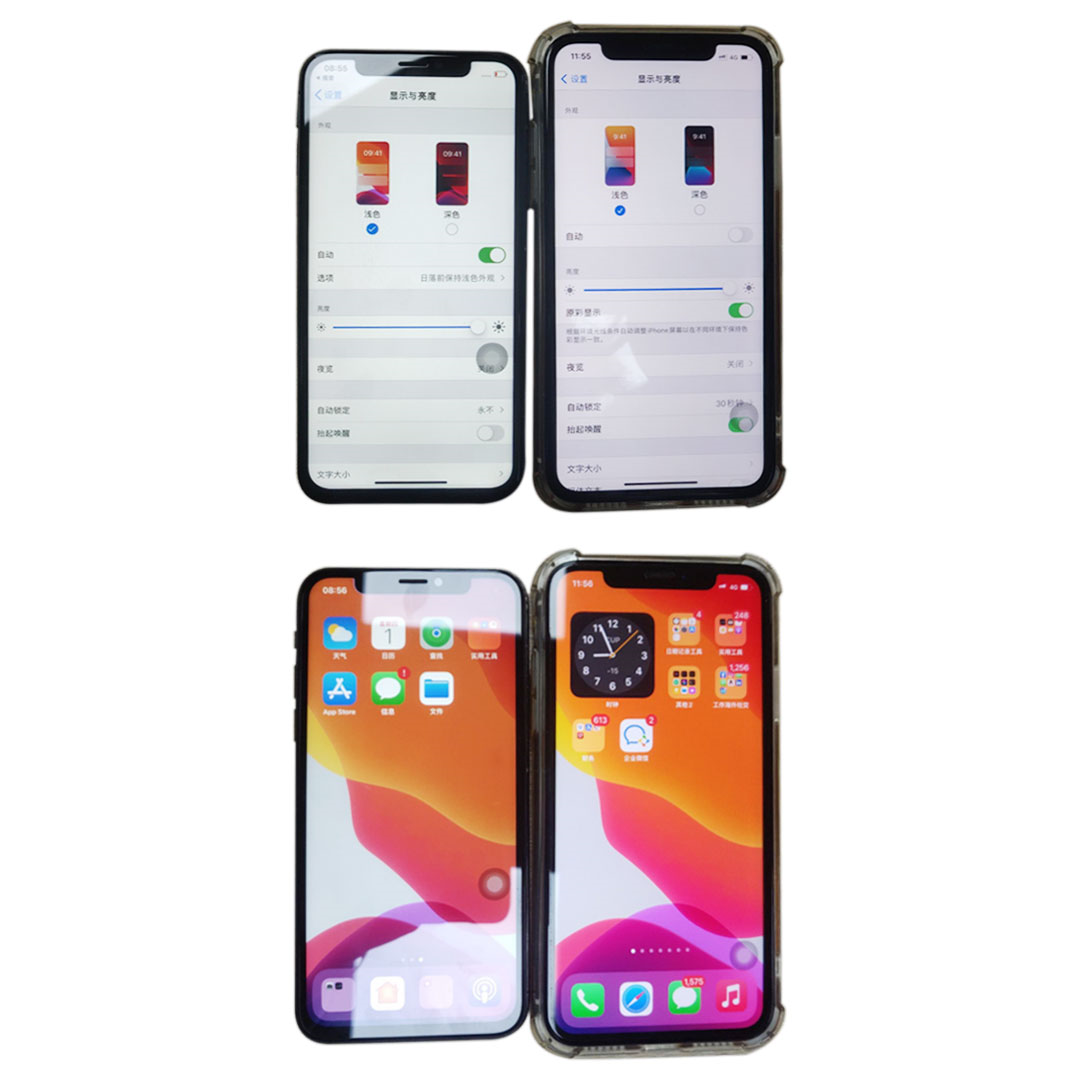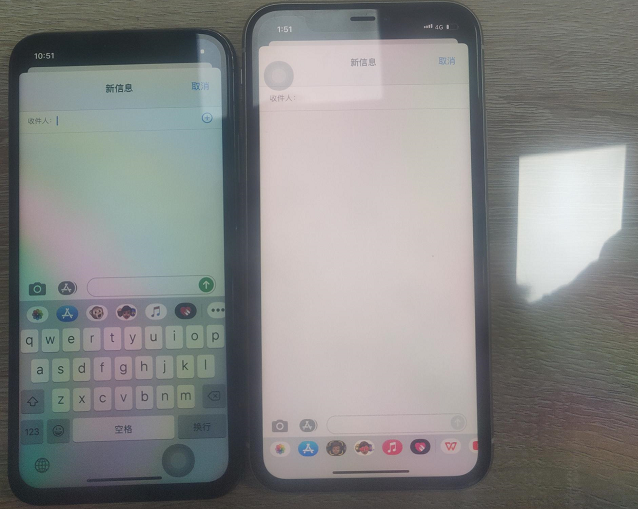6 Main Differences Between Aftermarket & OEM iPhone Screens
2022-08-24

1 Worst Aftermarket VS Good Aftermarket VS OEM
iPhone displays are designed, tested and manufactured to meet Apple's quality and performance standards. This includes intuitive and responsive Multi-touch, high brightness, good color accuracy, white balance and performance features such as True Tone, Night Shift and Haptic Touch.
What’s OEM Part?
OEM (Original Equipment Manufacturer) parts are iPhone parts made by Apple itself. However, they don't necessarily come directly from Apple. Many third-party iPhone repair companies recycle OEM parts from used iPhones.
One of the main advantages of using OEM parts is higher compatibility and superior fit. However, just because they are made by Apple does not mean that they are a perfect fit for your phone.
What’s Aftermarket Part?
Aftermarket is a product made by a third party manufacturer and is an alternative to OEM. Aftermarket parts are less costly than OEM parts. Because Apple refuses to sell new official parts, aftermarket parts made by other companies are readily available. Some of the most common aftermarket parts are the LCD display, which is usually one of the first parts of the iPhone to break.
Surprisingly, aftermarket does not necessarily mean poor quality. On the contrary, among aftermarket manufacturers, some brands have built solid reputations and are virtually indistinguishable from non-Apple-trained technicians.
If handled properly, OEM and aftermarket accessories can make the iPhone work. However, whether they will work for a long time is another matter.

Higher Assurance of Quality
The OEM part should be exactly the same as the part you are replacing. This is the raw material from which this phone was manufactured and its quality gives familiarity to its performance.
Aftermarket parts are less costly compared to OEM parts. The saying "you get what you pay for" rings true for screens. Some aftermarket screens are inferior because of the use of lower-quality materials.
Compared to OEM parts, aftermarket parts cost less. The phrase "you get what you pay for" is true for screens. Some aftermarket screens are of poorer quality because of the use of lower quality materials.
Battery life
The original display is specifically designed to reduce battery power. Cheap aftermarket displays can consume 20% more battery power, causing the phone to heat up and shorten battery life.
Color Differences
Aftermarket iPhone screens tend to be colder and bluer. Let's say you change the screen on your iPhone. If you put your iPhone next to someone who has the original screen, your phone will have more of a blue tint to it.
The screen will still work fine and you can see and touch things as you normally would, but the difference is there and it will be noticeable.

Structure Inspection
Because the aftermarket screens use thicker LCDs and more layers, the overall screen thickness is greater. It's not much, but it will be noticeable. Overall, aftermarket screens tend to be 0.3mm -0.5mm thicker than the original screen. This will be reflected in the slight edge where your new screen meets the frame.
We measured 4 corners of the three screen and got a table list.You can see this in the photos below.
|
Thickness |
Upper Left |
Upper Right |
Lower Right |
Left Lower |
|
Original/OEM OLED |
1.90mm |
1.86mm |
2.37mm |
2.36mm |
|
Aftermarket OLED |
2.32mm |
2.29mm |
2.86mm |
2.89mm |
|
Aftermarket LCD |
2.33mm |
2.28mm |
2.91mm |
2.91mm |
Polarizer Issues
This is a rare occurrence today. In the beginning, we had problems with polarized lenses on some aftermarket screens. If you wear Ray-Ban sunglasses, you may be familiar with the term. LCD monitors use a polarizer to direct light from the backlight through the LCD. If this polarizing film is not installed correctly, it will make your screen difficult to see through polarized sunglasses.
This isn't a big deal now because aftermarket screens are tested at the factory. Nonetheless, these screens are still assembled by humans, so bad screens can pass the test.

iOS Update
In addition, Apple can restrict or prevent aftermarket displays from running through iOS updates.
You can have complete confidence here. We provide all of our customers with the highest quality service, education and transparency so they know exactly what we're doing. After all, it's your phone and you deserve to know what's going on behind the scenes so you'll be more cognizant the next time you go to get it fixed.



